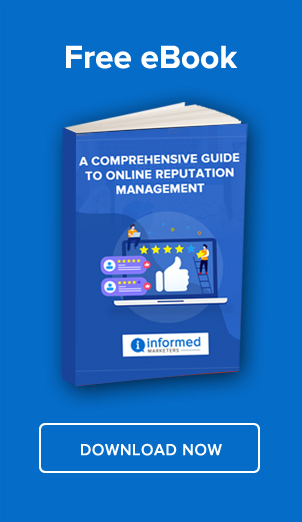You and your team spend hours planning, researching, and developing tailored content in the form of ebooks, blog posts, podcasts, whitepapers, and more, and now it’s time to publish. Once the content goes live, what next?
Developing a Content Distribution Plan
Even the best, most informative content is useless if no one sees it. It’s important to make sure your content is shared in the places your target audience is looking. Having a content distribution plan in place for each piece of content you create is the best way to ensure that you’re getting the most out of your content marketing strategy.
Step 1: Consider Your Audience

No doubt, if you’ve already created effective, thoughtful content, you’ve already thought about who it’s for. You may have buyer personas figured out for your business, or customer profiles that give valuable information about who’s buying your products or services. However you gather data about your customer or client base, it’s important to use this data in your content distribution strategy.
Ask yourself these questions:
- Why do you want people to read your content?
- Who is this content for?
- Where do they go to find news and information related to my industry?
Step 2: Go Where You’re Wanted (And Needed)

Your answers to the above questions will vary, depending on your industry and your business goals. Are you hoping to spread awareness to a broad audience about a new product, or are you trying to generate new leads for a specific service you offer? Are your customers on Facebook and Instagram, or are you more likely to reach them on LinkedIn and through an industry newsletter?
It’s difficult and time consuming to put your business on every distribution channel. If you’re using paid distribution methods such as Facebook ads, sponsored content, and PPC advertising, you could be losing money by distributing content to the wrong channels. Distributing your content to the wrong places is like shouting at an empty room.
Narrowing down the right channels for your content will save you time and money, and increase your lead generation. Don’t limit yourself to one channel, and don’t hesitate to try something new if your budget and research supports it. Once you’ve decided on your content distribution channels, it’s time to launch!
Step 3: Optimize

Now that your content is available for your audience to find, it’s important to make sure you’ve made it easy for potential new leads to take that important next step that could eventually land on a sale, subscription, or whatever else your goal is for your content. This is done by optimizing your distribution channels and delivering your content with a clear, decisive message.
- Social Media: Make sure your social media business pages are optimized and up to date. Include company logos and images to increase brand recognition, and make sure your website and contact information are easy to find.
- Email: Effective email marketing begins with a compelling headline. Give your readers a reason to open the email, then keep them reading with a clear, simple design that’s branded for your business. Always include a next-step CTA in your email, which could be a link to a download, blog post, or another way for your audience to see your content.
- Influencers: Talk to your influencers about the goals for your content, and what steps you would like their audience to take next so they can plan accordingly.
- Guest Content: If you’ve submitted a piece of content to an outside resource, be sure to include a bio for your company and a clear way to contact you or learn more about your business.
Step 4: Monitor and Analyze the Results

No content marketing strategy is complete without a step to monitor the results of your campaign. Determine which KPIs (Key Performance Indicators) are important to understanding the success of your content distribution. Look at metrics such as click through rate, open rate for emails, and the amount of engagement generated on a social media post. Most importantly, record the number of leads attributed to both the content and the channel used for distribution.
Once you have the data, don’t let it go to waste. Use it to learn what worked in your content distribution plan, and what needs to be improved or reworked. The insights you pull from your monitoring will allow you to create a more effective content distribution plan for your next piece of content.
Final Thoughts
Getting people to view your content isn’t easy. Your content distribution strategy will need to be monitored, revised, and revisited on a regular basis in order to remain effective. Over time, maintaining a content distribution strategy will help you grow your audience and generate more and more brand advocates who will be loyal to your content and help you convert more people into valuable leads for your business.






